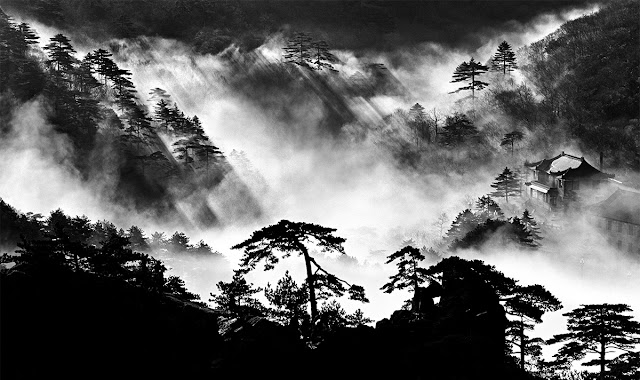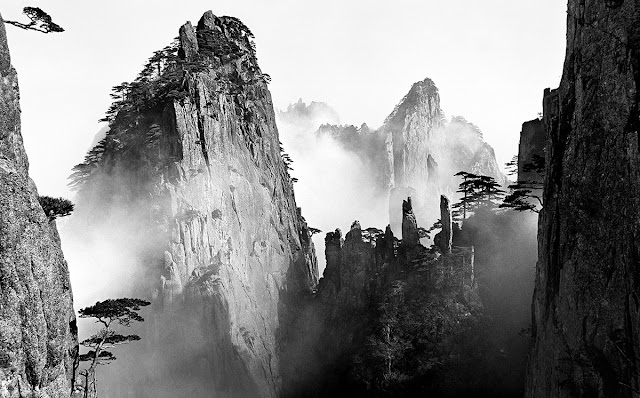1. Cover the edge with a narrow strip of masking tape. Pull the masking tape tight and push it onto the edge, ensuring that the paint won't seep underneath the masking tape. Cover around and underneath the base using a wider strip of masking tape.
2. Apply a generous coat of Pouring-Fluid onto the surface of the table and edge using a spatula or a brush to make the paint run smoothly.
3. Mix the Pouring-Fluid with craft paint in a ratio of 1:1. The paint must be very runny. The colour strength won't be diluted when it's mixed with Pouring-Fluid. Pour the first colour around the edge.
4. Immediately pour the second colour in a thinner line.
6. Lift the tray upright and turn it to mix the paint on the inside edge.
7. Pour the first colouronto the inside base of the tray.
8. Pour the second colour on top using a much smaller amount.
9. Lift the tray and turn it so that the colours run into eachother, making a marble pattern. Turn in all directions. The paint must cover the entire surface.
10. Turn the tray upside down to pour off excess paint.
11. Carefully remove the masking tape.
12. Cover the table legs with masking tape 20 cm from the top. Paint using undiluted white craft paint. Preferably apply two coats.
13. Paint the bottom of the table and screw on the legs. Carefully paint the edges. A TIP: the wooden grain rises when it's being painted. Sand between coats for a smooth finish.



























